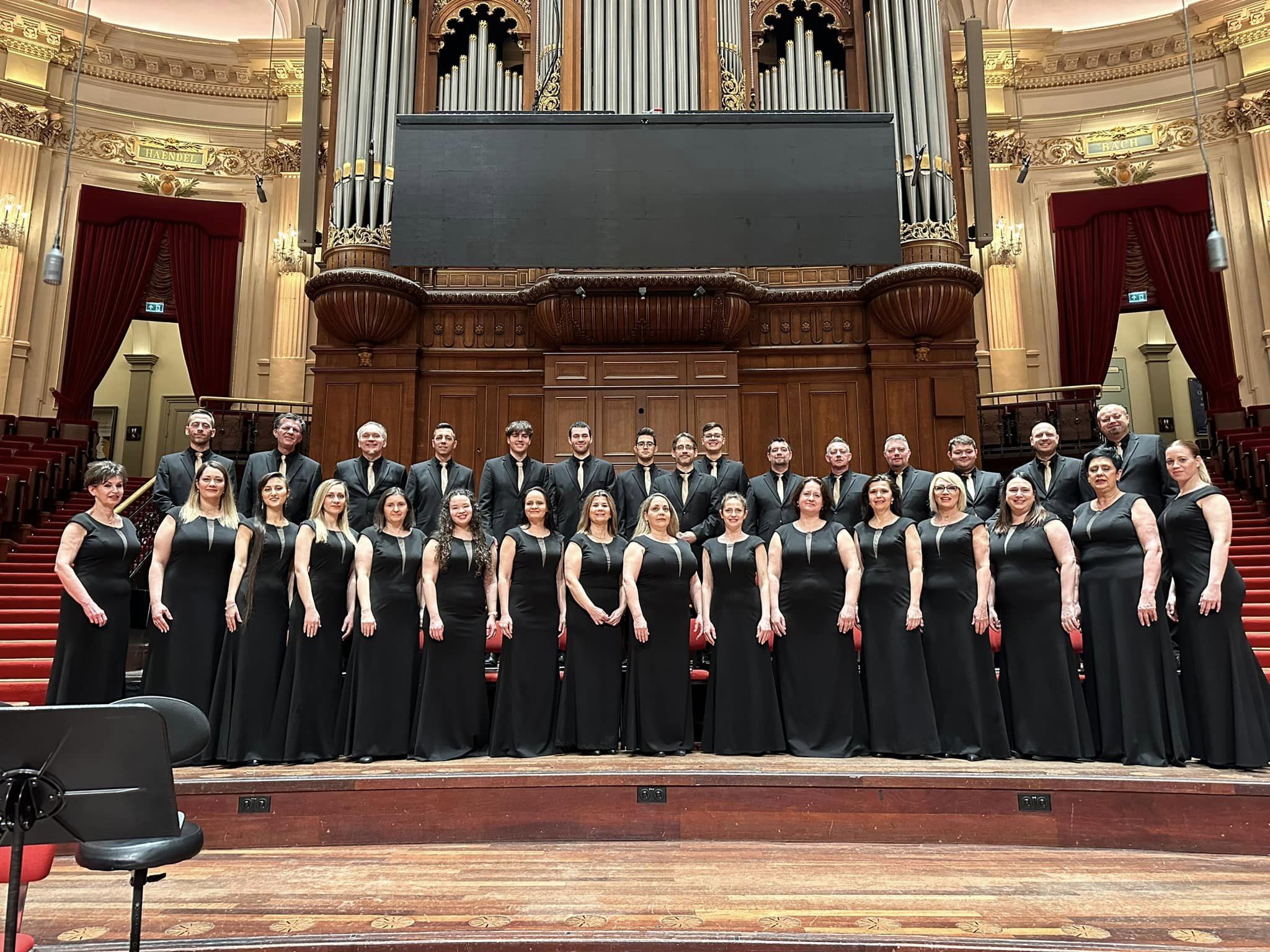Since its foundation in 1998, the choir, led by Soma Szabó, a Liszt Prize-winning conductor, has achieved significant results in Hungary and internationally in recent years. We celebrate this anniversary with a year-long series of concerts.
The first of the four-concert series, on 20 May 2023 at 21:00, will feature Sergei Rachmaninoff’s Vespers, a masterpiece with a special atmosphere, perfectly paired with the unique atmosphere of the Roman Catholic Church in Vállaj.

But why is Vallaj the first venue for the 25th anniversary of the Choir?
The Roman Catholic Church in Vallaji holds a special place in the history of recordings and concerts of the Cantemus Choir family. For the Cantemus Choir, it is a place of particularly fond memories, as it was here that the first CD of the Cantemus Choir’s debut Vespers CD was recorded in 2006, featuring a high quality performance of this exceptional, musically complex masterpiece.
VESPERS
The Russian composer’s work was written at a furious pace in January and February 1915. Its premiere was not in a liturgical setting. It was first performed on 10 March 1915 at a World War I benefit concert. The composer dedicated the work to the memory of Styepan Smolensky, a former choirmaster of the Tsarist church choir, and did not compose it for a year and a half after his hard work. He knew he had created a masterpiece, albeit in a short time. This perfectly composed cycle is grounded in ancient melody and singing, yet it is a 20th century composition in every sense of the word. These ancient songs are typically small in pitch, and by the very nature of the genre, the melodies revolve around themselves, returning mantra-like to themselves. The ‘Great Vigil of the Night’ is also a strange, two-faced composition. On the one hand, it is faithful to the liturgy, the ritual of the vigil from Saturday to the feast day (Sunday), but on the other hand, it is musically so complex that only the most skilled choirs are capable of performing it to a high standard. In his later years, the Vespers and the Symphonic Dances were cited by the composer as his most successful works, and it was his request that his funeral be preceded by the Ninye Otpuscases (Nr.5). Sadly, his request was not granted.

Ticket prices:
- concert ticket – 2000 HUF
- concert ticket + travelling from Nyíregyháza and back – 5000 HUF (utazó jegy 1)
- concert ticket + travelling from Nyírbátor and back – 3500 HUF (utazó jegy 2)






